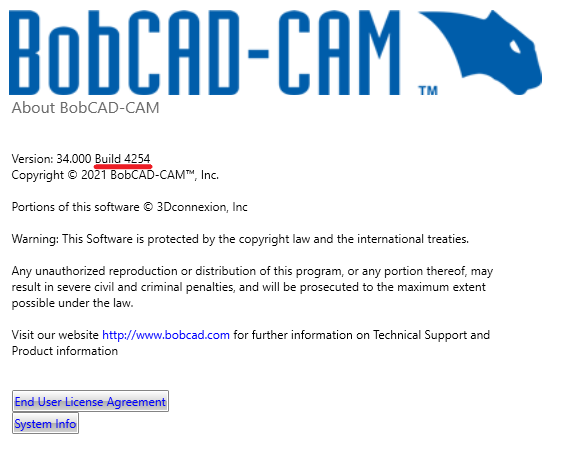

- HOW TO OPEN A DWG FILE IN BOBCAD HOW TO
- HOW TO OPEN A DWG FILE IN BOBCAD PDF
- HOW TO OPEN A DWG FILE IN BOBCAD VERIFICATION
- HOW TO OPEN A DWG FILE IN BOBCAD SOFTWARE
As far as I can identify, there are two quick solutions to this. So, here in lies the solution – we need to Categorise the CAD DWG that has been imported into Revit so it can cut and present properly. This is an example of a view controlled on/off parameters in action. If the Cut Plane was above the door height, no door swing symbol would appear. For example, a Revit Door will show the door swing symbol in Plan when the Plan views Cut Plane intersects somewhere through the door.
HOW TO OPEN A DWG FILE IN BOBCAD SOFTWARE
As Revit is an object based design software it has a set of rules (in Revits case, parameters) natively embedded in the API which describe how every object category and type should present depending on the view type and how it is interacting with the object.

Here is the answer – Imported and Linked CAD Objects are not cutting in your Revit Plan, Section and Elevation Views as you would expect because they are not categorised within your Revit Model.


So again, the question is – Why dont inserted CAD objects present or cut properly within the Revit 2D views such as Plans, Elevations and Sections? What exactly can users do to resolve these issues? I promptly found a workable solution and we all since moved on with our lives However this week a junior colleague yet again asked the same question – Why are the linked CAD DWG’s not cutting the in the Revit Plan and Elevation Views? Again, I went down the rabbit hole (as is my job) but emerged thinking that it might just be a worthwhile online resource to someone (and having looked around at nothing but sub-par forum posts for answers to this issue I may be right). Such an instance happened a few years ago when a colleague asked why the CAD DWG’s they had linked into their Revit file were not cutting and presenting correctly. As is the way with all things Revit and BIM, there is always nuances that become nuisances, which inevitably eat too much of what was already a limited time alotment on any given project. They do not encode information that is specific to the application software, hardware, or operating system used to create or view the document.During the course of my daily routines in the office I often get asked certain questions by colleagues that, by their nature, should be quite an easy solve.
HOW TO OPEN A DWG FILE IN BOBCAD PDF
A PDF file can be any length, contain any number of fonts and images and is designed to enable the creation and transfer of printer-ready output.Įach PDF file encapsulates a complete description of a 2D document (and, with the advent of Acrobat 3D, embedded 3D documents) that includes the text, fonts, images and 2D vector graphics that compose the document. PDF is a file format developed by Adobe Systems for representing documents in a manner that is separate from the original operating system, application or hardware from where it was originally created.
HOW TO OPEN A DWG FILE IN BOBCAD VERIFICATION
Files created using AutoCAD 14 also have a file verification checksum included, which validates that the file was created using AutoCAD. The metadata may contain a variety of information on the file including location specific data and also client data.
HOW TO OPEN A DWG FILE IN BOBCAD HOW TO
The vector image data provides instructions to the CAD application about how to display the DWG on screen. DWG file is a binary file that contains vector image data and metadata. The DWG files created by CAD applications are used industrially by architects, engineers and designers.Ī. Autodesk have robustly resisted attempts to reverse engineer the DWG format by other freeware applications building watermark protection into certain versions. The DWG format is licensed to Autodesk for their AutoCAD application which is the de facto standard for CAD drawings. One of the oldest file types, it was initially conceived in the 1970s for use with the early Computer Aided Design (CAD) devices for 2D and 3D drawings.


 0 kommentar(er)
0 kommentar(er)
